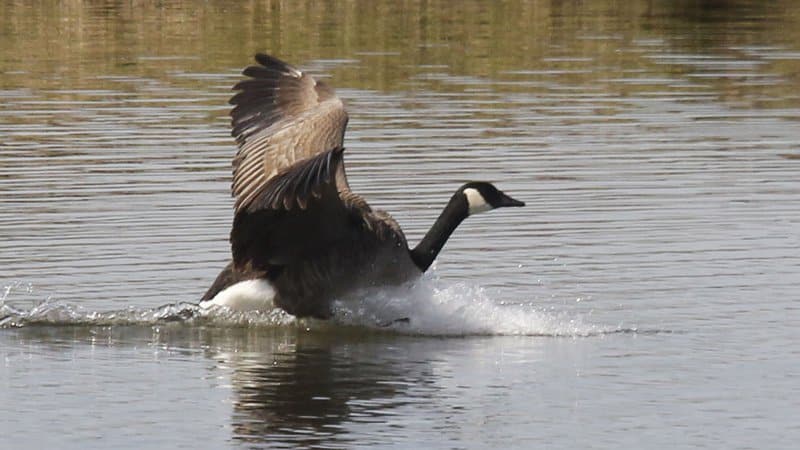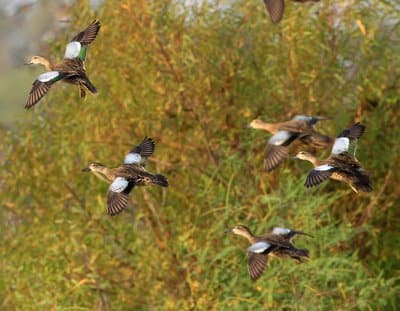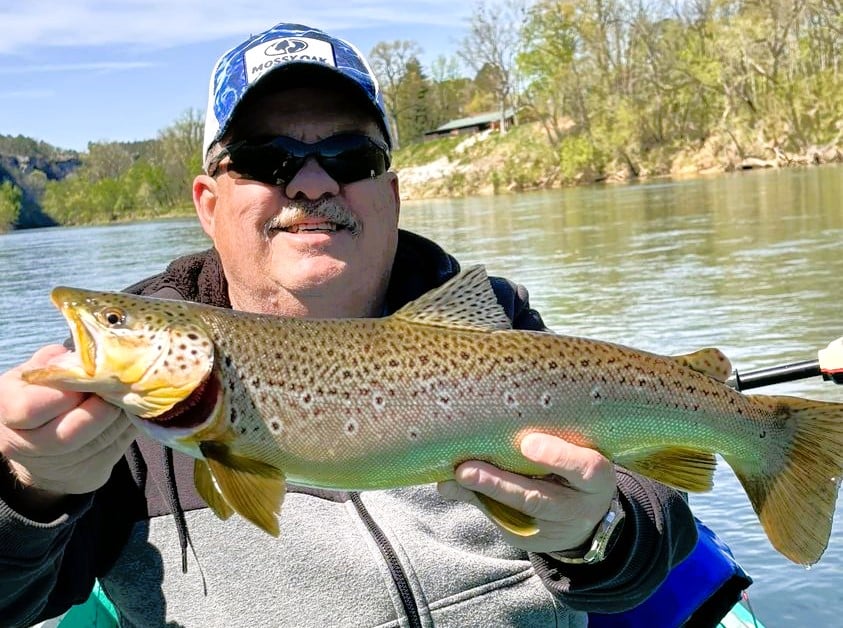Early waterfowl seasons offer sample of hunting to come
ON 08-25-2021

Aug. 25, 2021
Randy Zellers
Assistant Chief of Communications
LITTLE ROCK – Hunters wanting an early taste of waterfowl action need to break out the shotguns and bug spray. Arkansas’s early Canada goose season kicks off Sept. 1, and the Sept. 15 teal season opener is just around the corner.
Steamy September weather may not seem conducive to waterfowl migrations, but blue-winged teal especially tend to jump the gun. They need that jump-start, too. These fast fliers may travel as far as 4,500 miles during their fall migration, and Arkansas isn’t even at the midpoint of their travels.
“The teal migrating now should be long gone by the time regular waterfowl season arrives,” Jason “Buck” Jackson, AGFC statewide wetlands program coordinator, said. “They’ll only stop here to rest and feed on insects to build up energy and muscle for the rest of their journey.”
Jackson recommends No. 6 steel shot for teal as they dart through more dense green vegetation than most waterfowl hunters see in the late fall seasons. “Larger shot isn’t needed and the added pellets per shot aid in recovery of the bird. Also, a good dog that can find the birds in cover is very important in teal hunting, in my opinion,” said Jackson.
Hunters may bag up to six of any teal (blue-winged, green-winged or cinnamon) daily, with a possession limit of 18.

Jackson also adds that hunters should be absolutely sure of their target before pulling the trigger on a teal. A few Northern shovelers and wood ducks also may be present in Arkansas during September, and they are off limits during the early season. Because of the need to discern a teal from any other similar-sized waterfowl. Early teal season calls for a morning start at sunrise, rather than the half-hour before allowed during regular waterfowl season. All other federal regulations apply during the hunt, including the requirement for non-toxic shot and the restriction for shotguns to only hold three shells at a time.
Unlike the teal that migrate through the state early, most of the Canada geese being hunted in September are considered year-round residents. Recent research does indicate that the giant Canada goose subspecies that people see all year in The Natural State do occasionally pick up and fly northward for a time, but you do not see the same large fall migrations with many of these resident geese. The majority of migrating Canadas won’t be moving south until later.
Once thought to be extinct, the giant subspecies of Canada goose was reintroduced from remnant populations in the 1950s. It’s estimated that 1.5 million temperate-breeding Canada geese live throughout the Mississippi Flyway, but these geese can sometimes make a nuisance of themselves, particularly in places not open to hunting. Parks, golf courses and fields for sporting events full of lush green grass can attract the birds to areas where they can cause a mess or hinder events. To prevent the population from growing any larger, Arkansas and many other states open this early waterfowl hunting opportunity.
The daily limit for Canadas during the early season is five, with a possession limit of 15. The early season allows hunters to help control local populations without putting pressure on migrating birds, which will arrive later in the year.
According to Jackson, the best early Canada goose hunting areas are typically along the Arkansas River and U.S. Army Corps of Engineers lakes that have large resident populations. Knocking on a few farmer’s doors may also be worth a try if you see Canada geese using their fields.
Hunters after teal and Canada geese are required to have a valid Arkansas hunting license, state and federal duck stamps. They must also register with the Harvest Information Program at www.agfc.com/licenses or by calling 800-364-4263 (GAME).
Recent News

Arkansas Wildlife Weekly Fishing Report
Apr. 18, 2024
Subscribe to Our Weekly Newsletter E-mails
Don’t miss another issue. Sign up now to receive the AGFC Wildlife Weekly Newsletter in your mailbox every Wednesday afternoon (Waterfowl Reports are published weekly during waterfowl season and periodically outside the season). Fishing Reports arrive on Thursdays. Fill in the following fields and hit submit. Thanks, and welcome!

